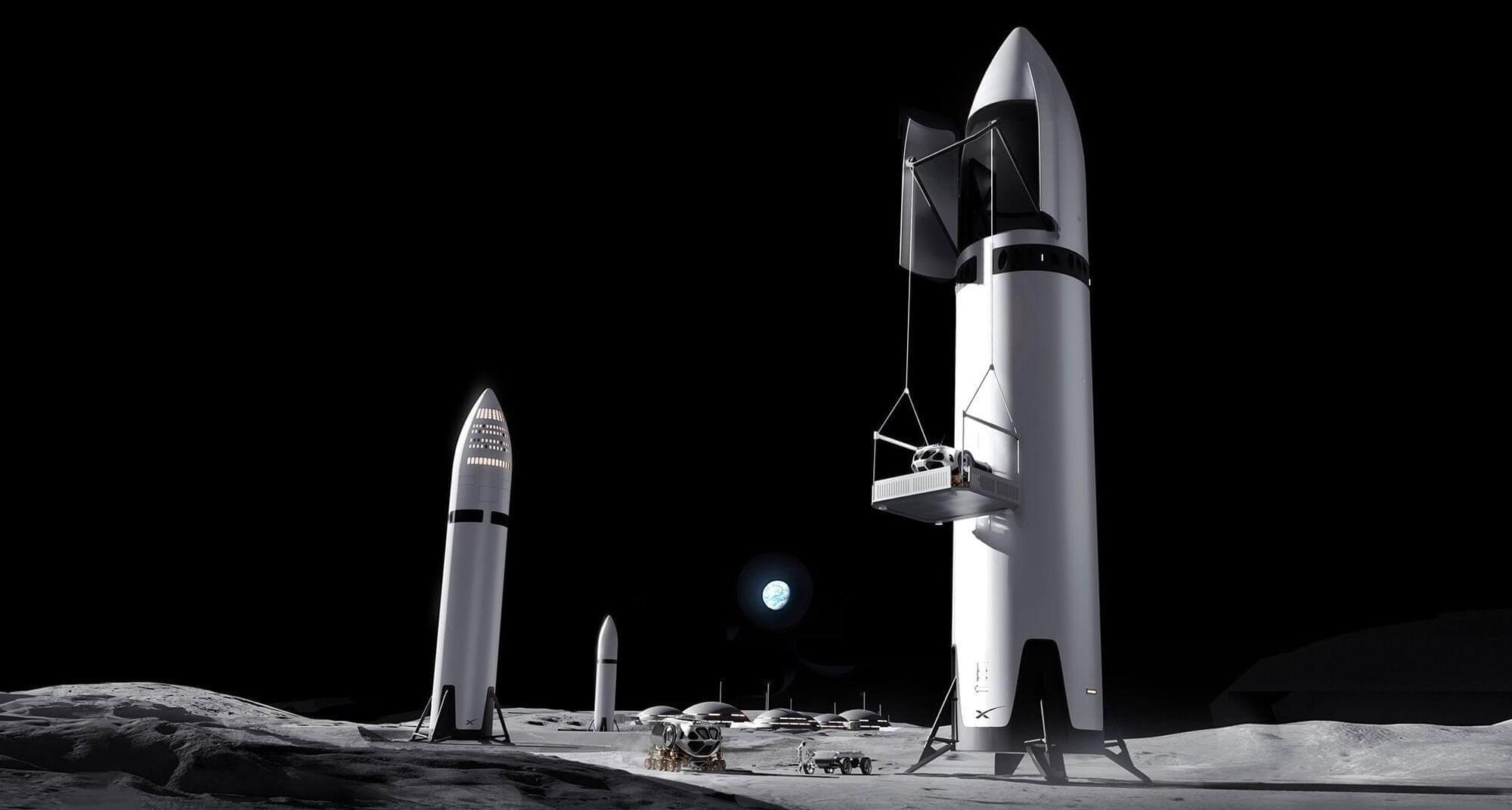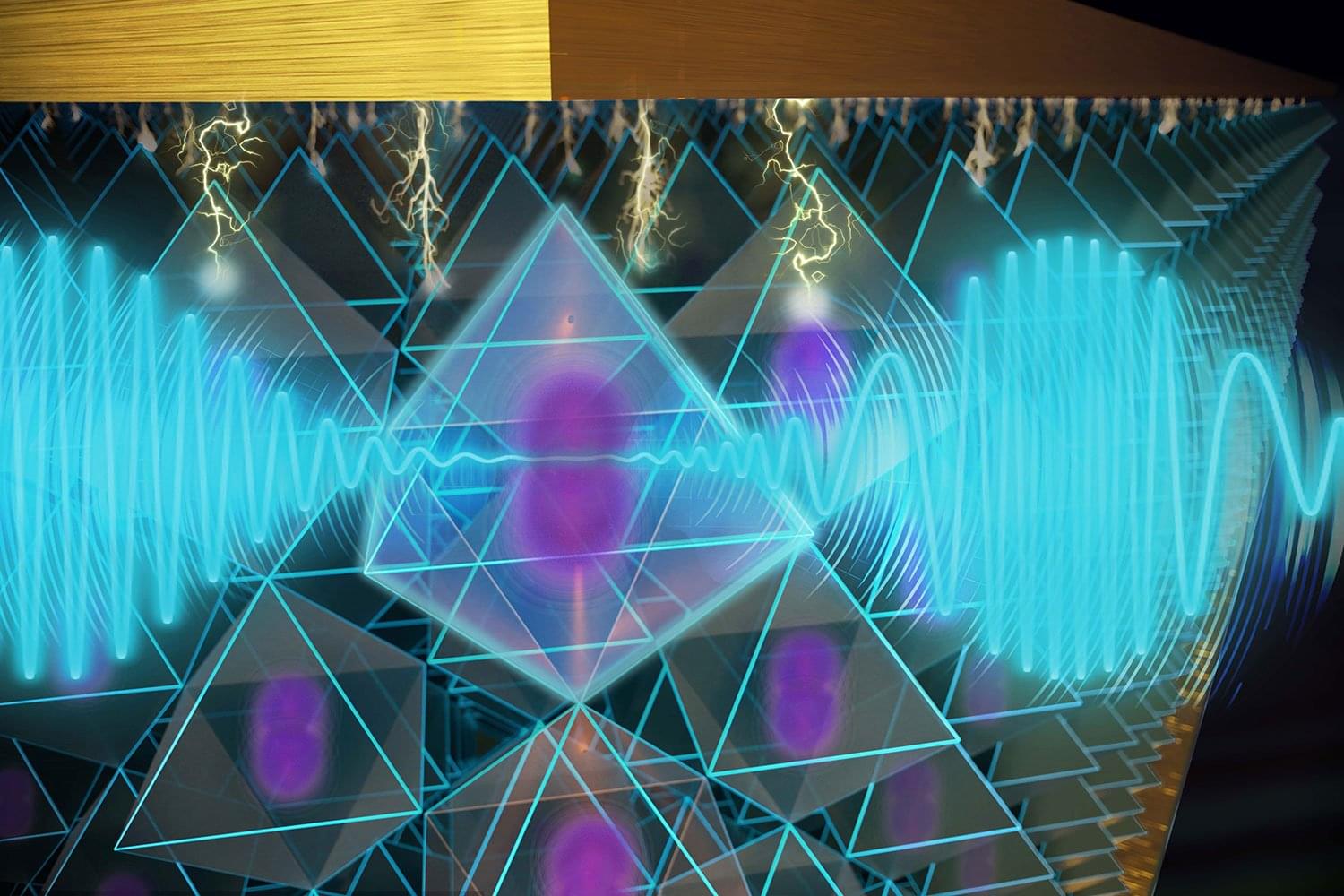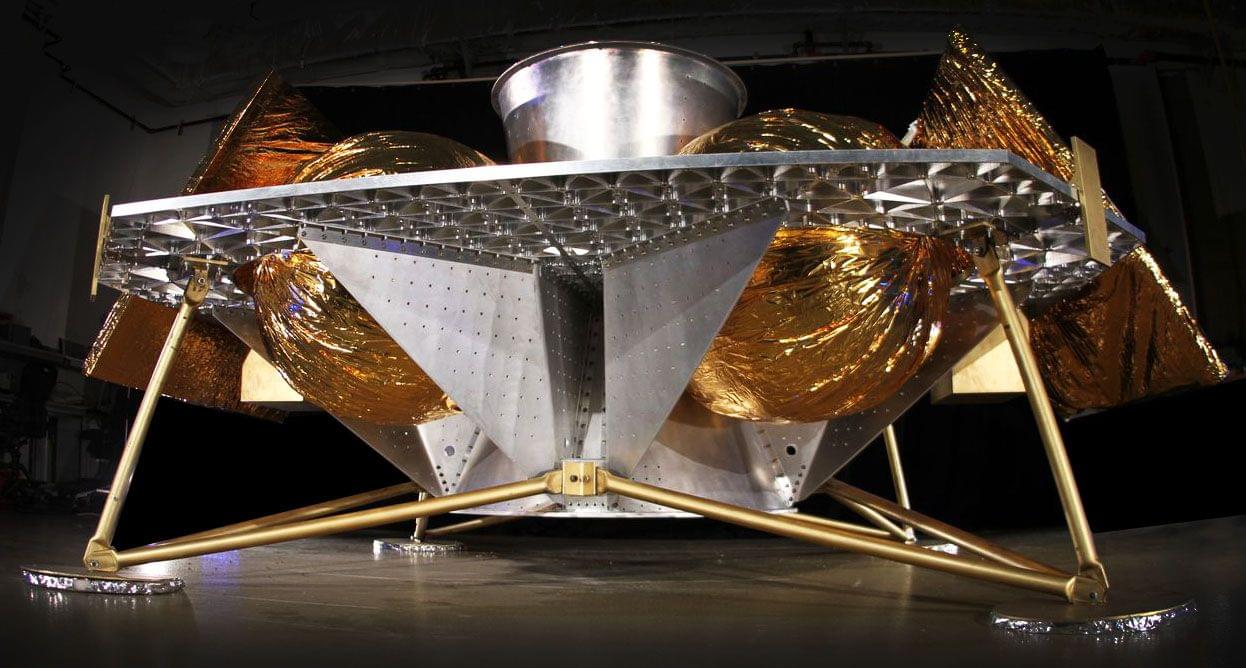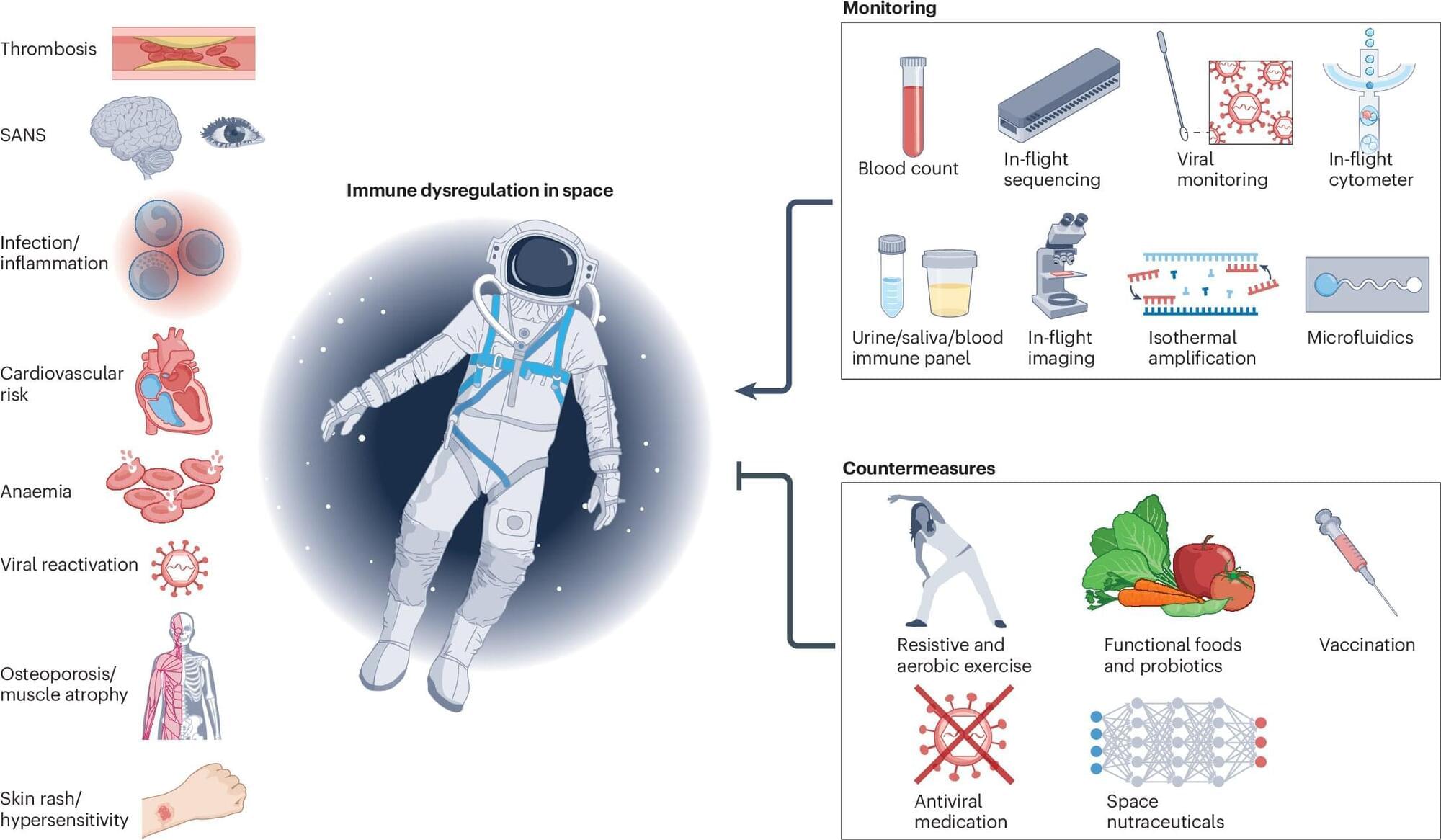Blue Origin’s New Glenn rocket launched NASA’s ESCAPADE mission on Nov. 13, 2025. The rocket’s first stage landed on a droneship in the Atlantic Ocean for the first time ever.
Credit: Blue Origin
Blue Origin’s New Glenn rocket launched NASA’s ESCAPADE mission on Nov. 13, 2025. The rocket’s first stage landed on a droneship in the Atlantic Ocean for the first time ever.
Credit: Blue Origin


With its metaphorical feet held over the allegorical fire by NASA, SpaceX has released a new, simplified plan to build a lander to put US astronauts back on the Moon now that the competition for the spacecraft has been reopened due to delays.
NASA’s Artemis program to establish a permanent US human presence on the Moon is ambitious beyond any doubt. However, like previous American efforts, it’s been fraught with cost overruns, delays and technical problems. One of the most aggravating of these bottlenecks has been building the lunar lander because if you don’t have a way to actually put astronauts on the actual Moon, you’re pretty much wasting your time.
SpaceX’s original plan was to build a lander based on its still-experimental Starship rocket – more than just based on it, the craft would essentially be a complete, baseline Starship complete with airfoils and heat shields. The goal was to land up to 100 tonnes of supplies on the Moon or enough to establish a complete, sustainable base.
The Lunar Module’s Descent Propulsion System (DPS) was the first engine in history that could throttle continuously in deep space — a breakthrough that made Apollo’s lunar landing possible. This engine had to ignite once, vary its thrust smoothly from 10 to 100 percent, avoid combustion instability, and hold steady while the LM hovered just feet above the Moon.
In this video, we explore the real engineering behind the DPS: its hypergolic fuels, injector plate design, the early “chugging” instability problem, throttle control logic, and how the engine kept working even as Apollo 11 pushed it to its limits.
If you enjoy deep dives into Apollo engineering, this one’s for you.
🚀 Every like, comment, and share helps keep Apollo’s engineering story alive.
If you liked this video, please share it with a friend and leave a comment below — it really helps the channel grow.
🚀 New Apollo episodes every week!
📘 Recommended Reading for Space Enthusiasts.
Explore the real stories, engineering, and people behind the Apollo Program — these are the best books to deepen your knowledge:

We had the honor of welcoming Eileen Collins, the first woman to pilot and command a Space Shuttle, to Florida Tech’s campus for a special screening of her new documentary, ‘SPACEWOMAN.’
It was an inspiring evening celebrating perseverance and leadership. Before the event, Collins also met with a small group of students to discuss space exploration and her experiences as a trailblazer in NASA’s history.
Thank you to our campus community and friends of Florida Tech for joining us for this special event!
Learn more about Florida Institute of Technology: https://www.floridatech.edu/

Jeremy Barton and Nanotechnology.
*This video was recorded at ‘Paths to Progress’ at LabWeek hosted by Protocol Labs & Foresight Institute.*
Protocol Labs and Foresight Institute are excited to invite you to apply to a 5-day mini workshop series to celebrate LabWeek, PL’s decentralized conference to further public goods. The theme of the series, Paths to Progress, is aimed at (re)-igniting long overdue progress in longevity bio, molecular nanotechnology, neurotechnology, crypto & AI, and space through emerging decentralized, open, and technology-enabled funding mechanisms.
*This mini-workshop is focused on Paths to Progress in Molecular Nanotechnology*
Molecular manufacturing, in its most ambitious incarnation, would use programmable tools to bring together molecules to make precisely bonded components in order to build larger structures from the ground up. This would enable general-purpose manufacturing of new materials and machines, at a fraction of current waste and price. We are currently nowhere near this ambitious goal. However, recent progress in sub-fields such as DNA nanotechnology, protein-engineering, STM, and AFM provide possible building blocks for the construction of a v1 of molecular manufacturing; the molecular 3D printer. Let’s explore the state of the art and what type of innovation mechanisms could bridge the valley of death: how might we update the original Nanotech roadmap; is a tech tree enough? how might we fund the highly interdisciplinary progress needed to succeed: FRO vs. DAO?
*About The Foresight Institute*

With the advent of commercial spaceflight, an increasing number of people may be heading into space in the coming years. Some will even get a chance to fly to the moon or live on Mars.
One of the major health risks associated with spaceflight involves the immune system, which normally fights off viruses and cancer. It’s already established that spaceflight weakens immunity; current and past astronauts report clinical issues such as respiratory illnesses and skin rashes. These issues may become even more serious on longer-term flights, such as to Mars.
To better understand the full scope of immunology during spaceflight, Buck Associate Professor Dan Winer, MD, working with colleagues linked to the National Aeronautics and Space Administration (NASA), the European Space Agency (ESA), Cornell University, the University of Pittsburgh, the University of Toronto, Embry-Riddle Aeronautical University, and others, have put together a comprehensive guide describing a full array of science linking spaceflight and the immune system.
Discover the hidden brain of the Saturn V — the Instrument Unit’s gyroscopes. Learn how these precision-spinning machines guided humanity’s most powerful rocket with unmatched accuracy, keeping Apollo on course to the Moon.
🚀 Every like, comment, and share helps keep Apollo’s engineering story alive.
If you liked this video, please share it with a friend and leave a comment below — it really helps the channel grow.
🚀 New Apollo episodes every week!
📘 Recommended Reading for Space Enthusiasts.
Explore the real stories, engineering, and people behind the Apollo Program — these are the best books to deepen your knowledge: